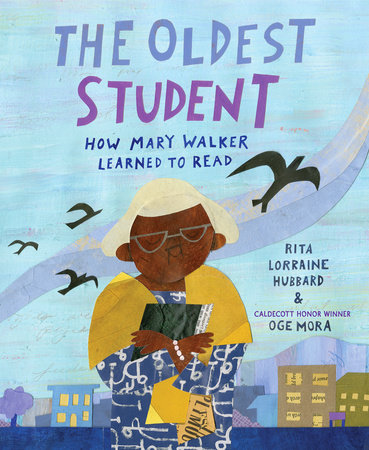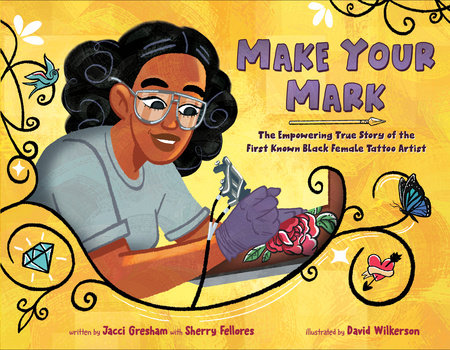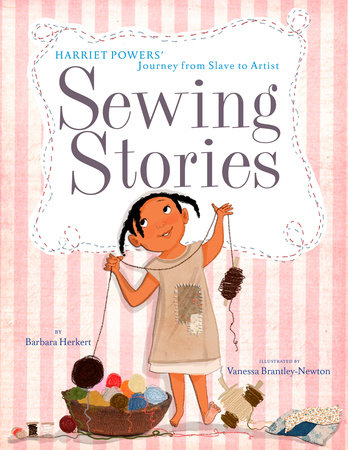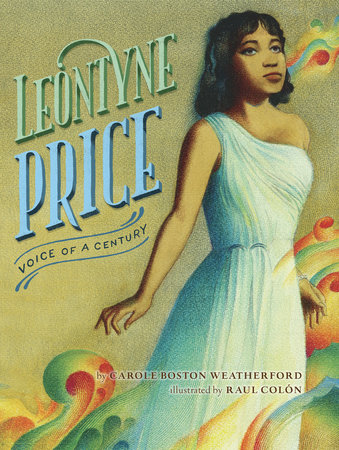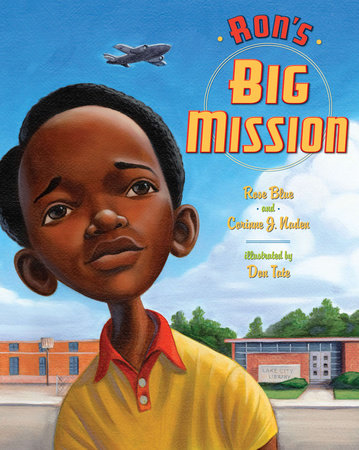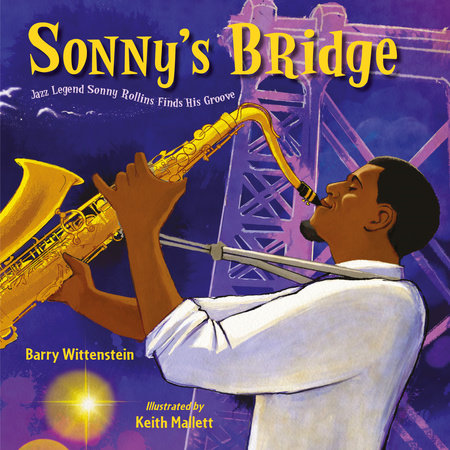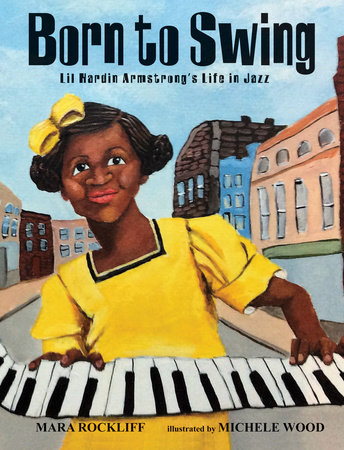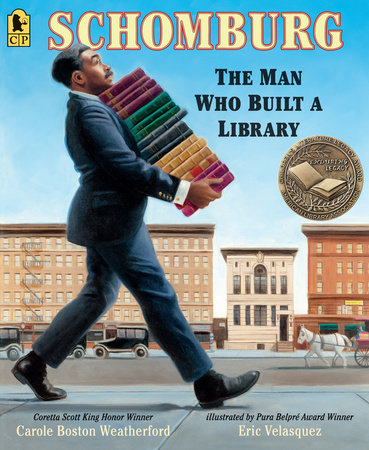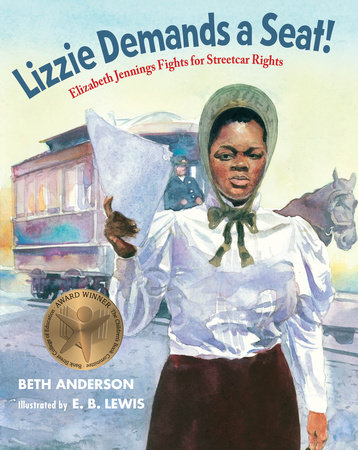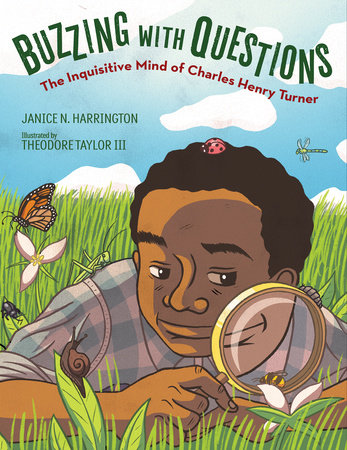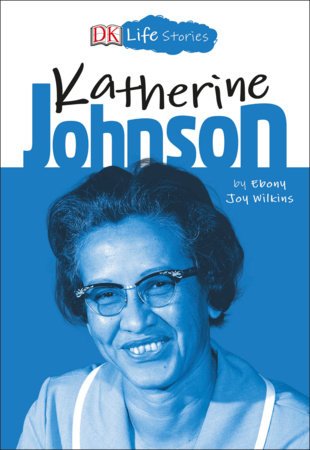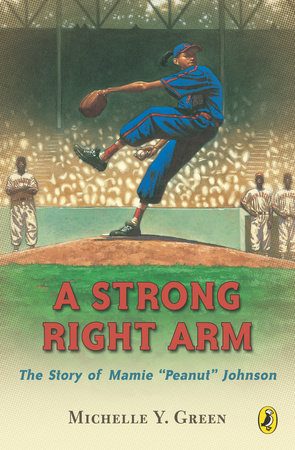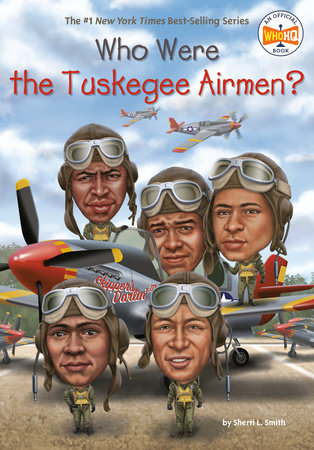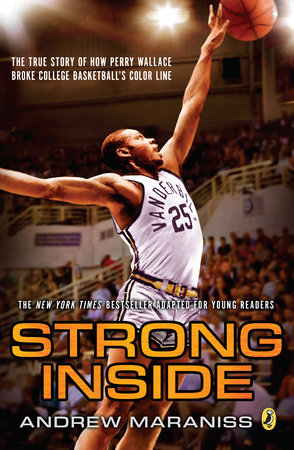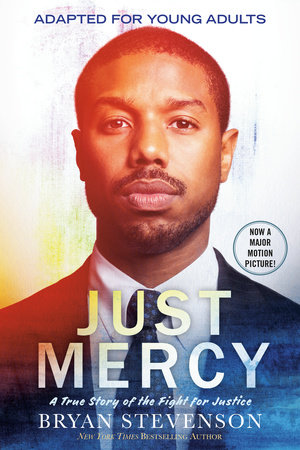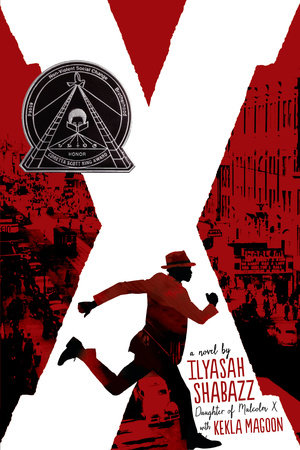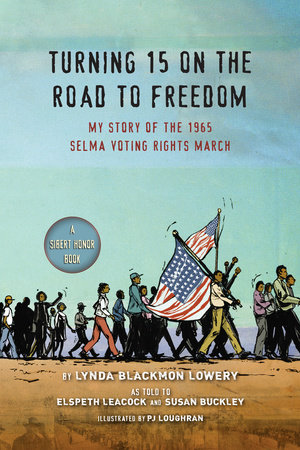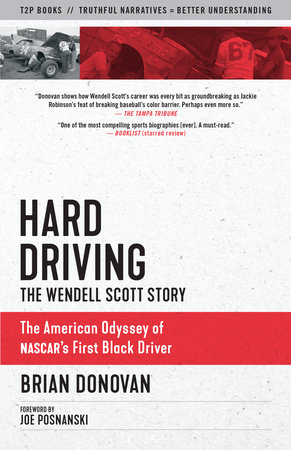22 Books That Celebrate Lesser-Known African Americans and Their Contributions to History
by Charnaie Gordon
Long before Malcolm X, Martin Luther King Jr., Harriet Tubman, and Rosa Parks etched their names into American history, scores of little-known individuals helped to right decades-old injustices and make significant contributions to society. There are so many people who are often overlooked during Black History Month. That’s why it’s so important to make sure diverse contributions are always part of our conversations about history.
Historically, many African Americans and their contributions have been left out of many American history books and have unfortunately gone unrecognized. For example, did you know that of the estimated 35,000 cowboys who worked ranches and rode trails in the American West, 5,000 – 9,000 or more were Black? Did you know that Thomas L. Jennings, the inventor credited for inventing the dry-cleaning process, was also the first African American to hold a U.S. patent? The patent was issued in 1821.
There are so many interesting things we can learn about the contributions of African Americans to our society and the world. The best part? We can all learn and share about these contributions every day — not just in February.
I hope this list of books inspires you to celebrate those who, without fanfare, played key roles in American history.
-
Picture Books
-
Harlem's Little Blackbird
Available from:Born to parents who were former slaves, Florence knew early on that she loved to sing. And that people really responded to her sweet, bird-like voice. Her dancing and singing catapulted her all the way to the stages of 1920s Broadway where she inspired songs and even entire plays! Yet with all this success, she knew firsthand how bigotry shaped her world. And when she was offered the role of a lifetime from Ziegfeld himself, she chose to support all-Black musicals instead.
(Ages 3 - 7)Also available from: -
The Oldest Student: How Mary Walker Learned to Read
Available from:Mary Walker became the nation’s oldest student when she learned to read at the age of 116. Born into slavery in 1848, Walker was freed at 15 and began a family at 20. Her life spanned an extraordinary stretch of American history, from the Civil War to the civil rights movement. One can only imagine what she experienced and felt as she watched the world change around her. Now, we can get a glimpse of that life and include Walker in our storied history.
(Ages 4 - 8)Also available from: -
Make Your Mark
Available from:This inspiring picture book celebrates the first known Black female tattoo artist in the U.S., Jacci Greshman, but it also celebrates the many ways that kids can follow their passions and make their mark on the world. Jacci encourages kids to express themselves, keep an open mind, and stand up for what they believe. Make Your Mark is a wonderful addition to your bookshelf.
(Ages 4 - 8)Also available from: -
Sewing Stories: Harriet Powers’ Journey from Slave to Artist
Available from:Harriet Angeline Powers was a young slave girl who learned to sew and quilt on a Georgia plantation. She began making quilts that told stories. Her first story quilt is on display at the National Museum of American History in Washington, DC. Today her story quilts are priceless treasures. This is an empowering and inspirational book for young children to read, and is also great for those who love sewing, quilting, or crocheting.
(Ages 4 - 8)Also available from: -
A Dance Like Starlight
Available from:If you haven't read this award-winning picture book yet, you should! It's so beautiful and lyrical with gorgeous illustrations to match. Aspiring young dancers will love this one! Little readers will enjoy learning about prima ballerina Janet Collins and her important contribution to the world of dance.
(Ages 5 - 8)Also available from: -
Leontyne Price: Voice of a Century
How did a poor Black girl born in 1927 Mississippi grow up to become an internationally renowned opera singer? Well, Leontyne Price’s love for music was limitless, her family fervently supported her, and — as this picture book-biography aptly points out — she believed she could after seeing the great Marian Anderson on stage. This story celebrates Price and also reiterates the importance of children of all races and identities seeing themselves represented in the world.
(Ages 5 - 9) -
Ron’s Big Mission
Available from:Getting your own library card is an important rite of passage for little readers. But for Ron McNair, who lived in the segregated world of South Carolina in the 1950s, getting his own library card wasn't as easy as it is for kids today.
Based on the true story of Ron McNair, future scientist and shuttle astronaut, read about how he desegregated his public library through the power of peaceful resistance.
(Ages 6 - 8)Also available from: -
Art From Her Heart
Available from:Clementine Hunter was a self-taught artist who captured scenes of the backbreaking work and joyous celebrations of southern farm life. She never learned to read or write and didn't like school, but she always had a love of painting. Eventually her work found its way into the New Orleans Museum of Art. Not bad considering she initially sold her artwork for 25 cents per piece and was hesitant to charge even that. Today her original paintings are worth thousands of dollars and are sold in galleries across the country. They are also on permanent display in many museums. Clementine painted until her last days and lived to be 100 years old.
(Ages 6 - 8)Also available from: -
Follow Chester!
Available from:During the Jim Crow–era South, Black football players weren’t allowed to compete below the Mason-Dixon Line. In 1947, Chester Pierce made history when he stepped on the field at the University of Virginia to play for Harvard. This book doesn’t make light of the systemic obstacles Pierce faced over his life — what it does do, however, is commemorate a trailblazing young man who went on to become an innovator and educator.
(Ages 6 - 9)Also available from: -
Sonny’s Bridge
Available from:A jazz legend at the height of his fame, Sonny Rollins quietly retreated from the spotlight and got back to what he loved most: the music. For two years he played day and night on the Williamsburg Bridge — to the delight (and curiosity) of passersby — and when he made his triumphant return to the jazz scene, he did so with an album called “The Bridge.” This enthusiastic read is full of heart, just like its namesake.
(Ages 6 - 9)Also available from: -
Born to Swing
Available from:Louis Armstrong might be a household name, but his wife Lillian Harden — known in her heyday as “Hot Miss Lil” — deserves a place in our collective memories, too. Lil always had the beat, even when she was a young girl, and she went on to pioneer female musicianship in jazz, an area where women were often confined to the microphone. Exuberant illustrations and rhythmic text give this larger-than-life figure the spotlight she deserves.
(Ages 7 - 10)Also available from: -
Schomburg: The Man Who Built a Library
Available from:The curators of history have great shaping power over what — and who — we remember. Luckily for all of us, Arturo Schomburg, an Afro-Puerto Rican law clerk during the Harlem Renaissance, passionately collected books, letters, music, and art from Africa and the African diaspora. At first, the collection lived in his home, but when it bloomed to untenable proportions, he created a new Negro Division at the New York Public Library, now known as the Schomburg Center for Research in Black Culture.
(Ages 8 - 12)Also available from:
-
Middle Grade
-
Lizzie Demands a Seat!
Available from:One hundred years before Rosa Parks and the civil rights era, there was Elizabeth Jennings, best known for standing up against racial injustice and discrimination on public transportation, setting a precedent that would have a ripple effect throughout history. Lizzie Demands a Seat! is a fascinating and inspirational story about a lesser-known historical figure that readers young and old are sure to love.
(Ages 7 - 10)Also available from: -
Buzzing with Questions
Available from:Do you know the name of the first African American entomologist? That would be Charles Henry Turner, a pioneer in the field of insect behavior. This STEM-friendly middle grade read introduces readers to a science legend, beginning with his insatiable curiosity about the natural world that he pursued during childhood.
(Ages 7 - 10)Also available from: -
DK Life Stories: Katherine Johnson
Available from:Though she’s certainly better known now, after being played by Taraji P. Henson in the Oscar-nominated film Hidden Figures, there’s still much to learn about Katherine Johnson, the mathematician who took NASA by storm during the space race. Dive into this edition of the DK Life Stories series to gain a fuller understanding of an American icon.
(Ages 8 - 12)Also available from: -
A Strong Right Arm
Available from:Learn about the true story of Mamie “Peanut” Johnson, who was one of only three women to ever play professional baseball during the Negro League Baseball era. Mamie’s baseball career started out as a dream, which inspired her to overcome any obstacles that came between her and playing in the majors. This book is a good introduction to Mamie Johnson's life, the fight for equality, and the power of dreams.
(Ages 8 - 12)Also available from: -
Who Were the Tuskegee Airmen?
Available from:From 1941 through 1946, a little under 1,000 Black men graduated with commissions and pilot wings from Tuskegee Army Air Field (TAAF) in Tuskegee, Alabama. The first Black American aviators to serve in combat, the Tuskegee Airmen were pilots who helped the United States win World War II and persuaded President Harry Truman to end segregation across the entire military.
(Ages 8 - 12)Also available from: -
Strong Inside (Young Readers Edition)
Available from:This is the story of how Perry Wallace became the first African American athlete to play college basketball in the Southeastern Conference. It’s also the story of the vitriol and animosity he endured for daring to do so in a deeply segregated time and place. Called riveting, heart-wrenching, and ultimately hopeful, Strong Inside is a must-read for middle grade readers interested in sports and civil rights.
(Ages 10+)Also available from:
-
Young Adult
-
Just Mercy (Movie Tie-In Edition, Adapted for Young Adults)
Available from:As a young lawyer, Bryan Stevenson founded the Equal Justice Initiative, a legal practice for defending the wrongfully convicted and most vulnerable who find themselves caught up in a broken criminal justice system. Now adapted for young adults, Stevenson’s account of his ongoing fight for justice is a call to empathy, compassion, and — of course — action.
(Young Adult)Also available from: -
X: A Novel
Available from:Malcolm X may be a household name now, but before he was the historical figure we know today, he was Malcolm Little, a teenage boy growing up in Boston and New York, unconvinced that his actions would add up to anything. This fictionalized account of Malcolm X’s early years pulses with energy and allows readers to experience his tumultuous and critical coming-of-age.
(Young Adult)Also available from: -
Turning 15 on the Road to Freedom
Available from:Meet Lynda Blackmon Lowery, the youngest person to march all the way from Selma to Montgomery. In this book, Lowery describes her experiences of being in jail on nine different occasions — all before the age of 15. Readers will get up close and personal with the civil rights movement and gain a better understanding of what it must have been like to experience it firsthand.
(Young Adult)Also available from: -
Hard Driving
Available from:A must-read for any NASCAR fan! Hard Driving gives readers an inside look into the inner workings of stock car racing in its early days. It also exposes the racial hatred and bigotry that was so prevalent in NASCAR and its fans during Wendell's career, and the terrible impact it had on him and his family.
Also available from:
Editor’s Note: This piece was originally published in 2018 and updated in 2024.


